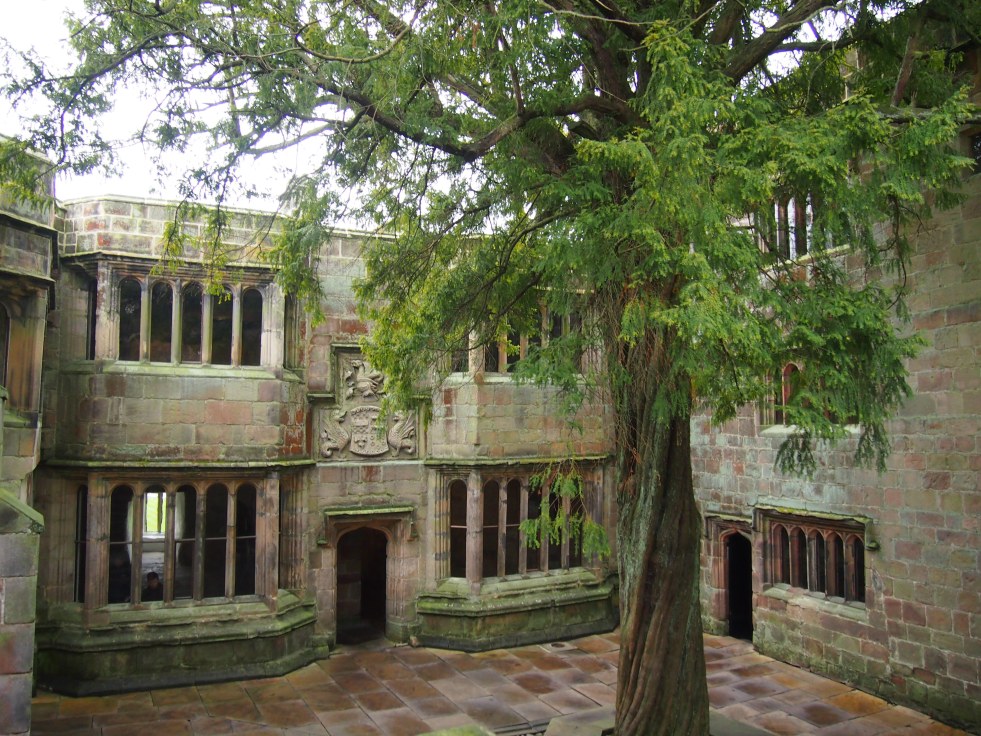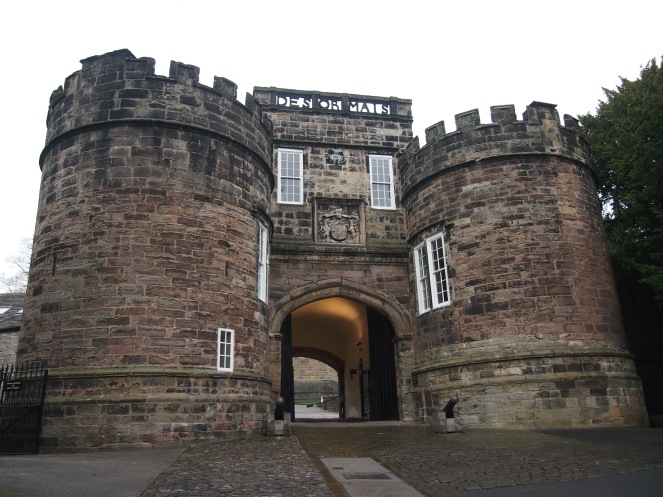Oak trees loom large in English history. From the sacred oak groves of pre-Roman Britons and the oak wands used by Druids to the oak tree that sheltered the future King Charles II as he escaped from the forces of Oliver Cromwell and the countless oaks used to construct England’s proud navies and merchant ships, this tree – perhaps more than any other – is seen as the national tree of England. Many individual oaks up and down the country are revered and protected for their age, their size and shape or the stories attached to them. The oak we’re looking at today is famous not just for its huge size and distinctive shape, but also for its link to that most famous of English legends, Robin Hood.

Continue reading “The Major Oak: capturing the imagination for centuries”










